Andrew Knight
Why the Brain Cannot Be a Digital Computer: History-Dependence and the Computational Limits of Consciousness
Mar 13, 2025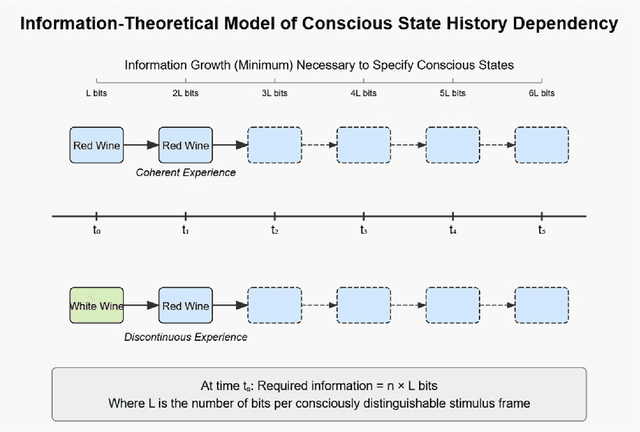
Abstract:This paper presents a novel information-theoretic proof demonstrating that the human brain as currently understood cannot function as a classical digital computer. Through systematic quantification of distinguishable conscious states and their historical dependencies, we establish that the minimum information required to specify a conscious state exceeds the physical information capacity of the human brain by a significant factor. Our analysis calculates the bit-length requirements for representing consciously distinguishable sensory "stimulus frames" and demonstrates that consciousness exhibits mandatory temporal-historical dependencies that multiply these requirements beyond the brain's storage capabilities. This mathematical approach offers new insights into the fundamental limitations of computational models of consciousness and suggests that non-classical information processing mechanisms may be necessary to account for conscious experience.
A Deep Learning Method for Classification of Biophilic Artworks
Mar 08, 2024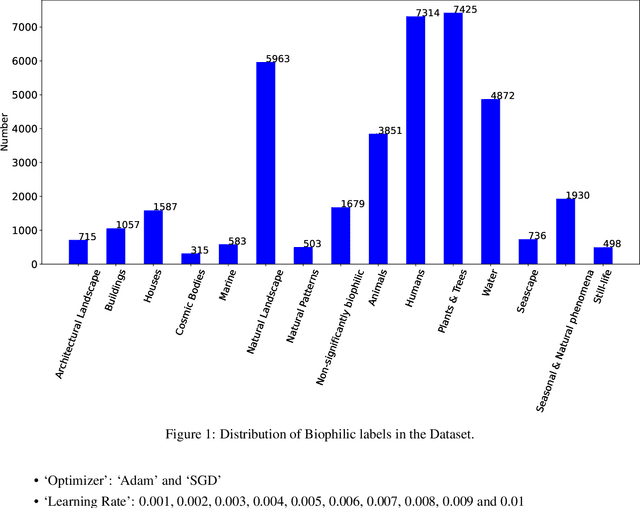
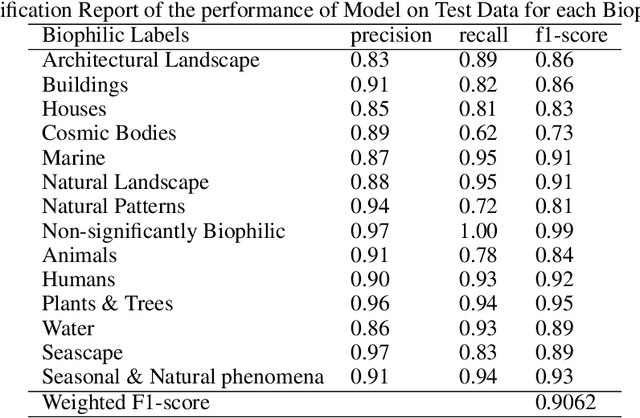
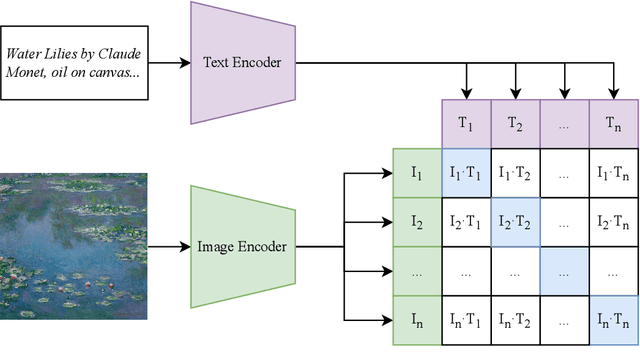
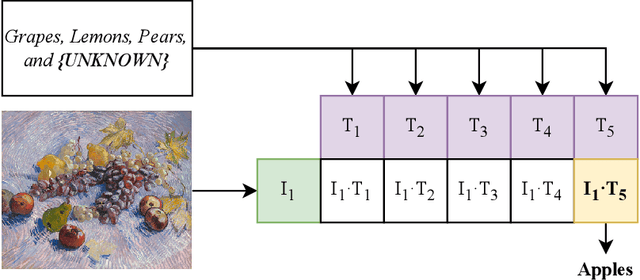
Abstract:Biophilia is an innate love for living things and nature itself that has been associated with a positive impact on mental health and well-being. This study explores the application of deep learning methods for the classification of Biophilic artwork, in order to learn and explain the different Biophilic characteristics present in a visual representation of a painting. Using the concept of Biophilia that postulates the deep connection of human beings with nature, we use an artificially intelligent algorithm to recognise the different patterns underlying the Biophilic features in an artwork. Our proposed method uses a lower-dimensional representation of an image and a decoder model to extract salient features of the image of each Biophilic trait, such as plants, water bodies, seasons, animals, etc., based on learnt factors such as shape, texture, and illumination. The proposed classification model is capable of extracting Biophilic artwork that not only helps artists, collectors, and researchers studying to interpret and exploit the effects of mental well-being on exposure to nature-inspired visual aesthetics but also enables a methodical exploration of the study of Biophilia and Biophilic artwork for aesthetic preferences. Using the proposed algorithms, we have also created a gallery of Biophilic collections comprising famous artworks from different European and American art galleries, which will soon be published on the Vieunite@ online community.
Refuting Strong AI: Why Consciousness Cannot Be Algorithmic
Jun 11, 2019

Abstract:While physicalism requires only that a conscious state depends entirely on an underlying physical state, it is often assumed that consciousness is algorithmic and that conscious states can be copied, such as by copying or digitizing the human brain. In an effort to further elucidate the physical nature of consciousness, I challenge these assumptions and attempt to prove the Single Stream of Consciousness Theorem (SSCT): that a conscious entity cannot experience more than one stream of consciousness from a given conscious state. Assuming only that consciousness is a purely physical phenomenon, it is shown that both Special Relativity and Multiverse theory independently imply SSCT and that the Many Worlds Interpretation of quantum mechanics is inadequate to counter it. Then, SSCT is shown to be incompatible with Strong Artificial Intelligence, implying that consciousness cannot be created or simulated by a computer. Finally, SSCT is shown to imply that a conscious state cannot be physically reset to an earlier conscious state nor can it be duplicated by any physical means. The profound but counterintuitive implications of these conclusions are briefly discussed.
 Add to Chrome
Add to Chrome Add to Firefox
Add to Firefox Add to Edge
Add to Edge